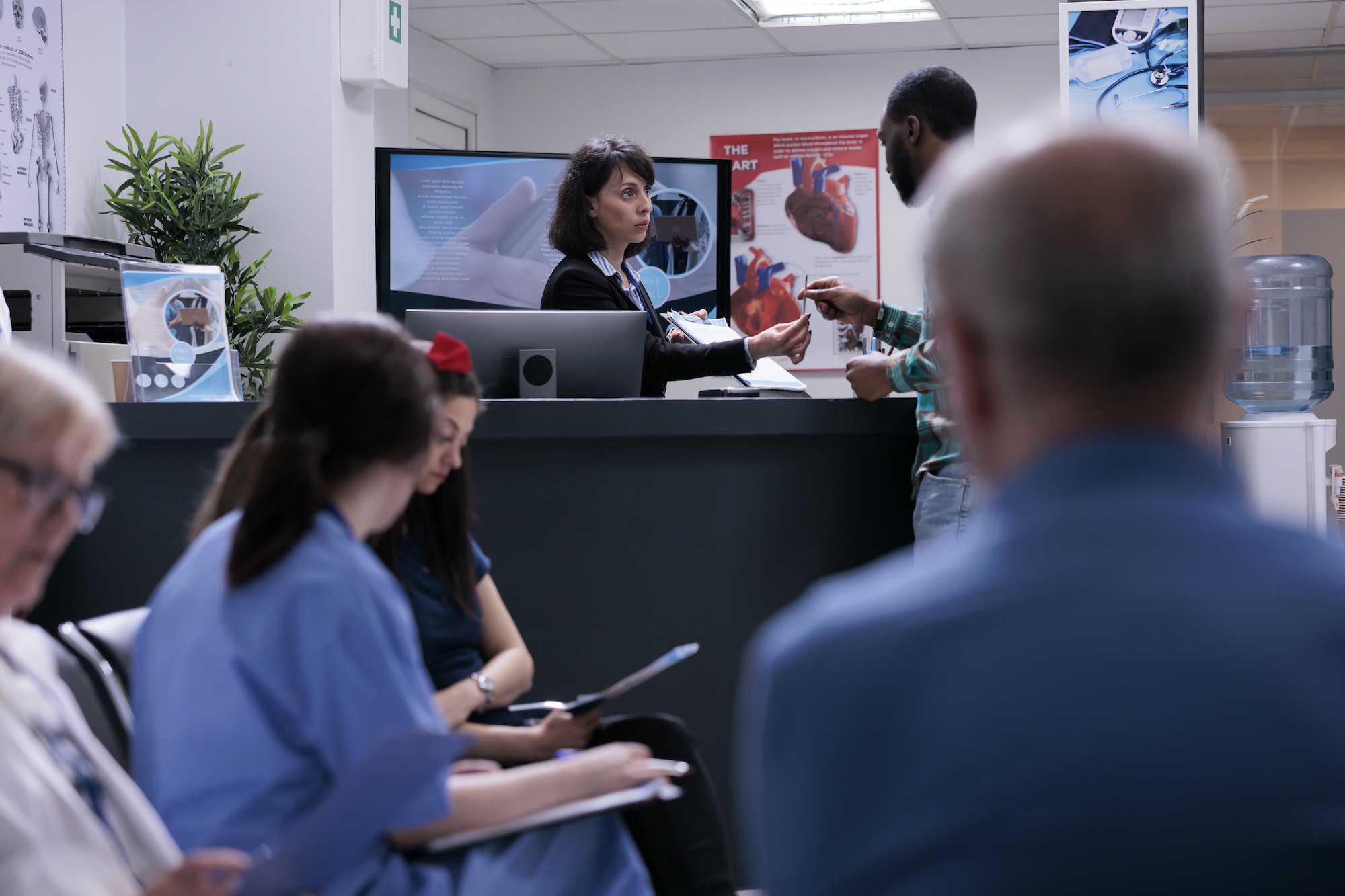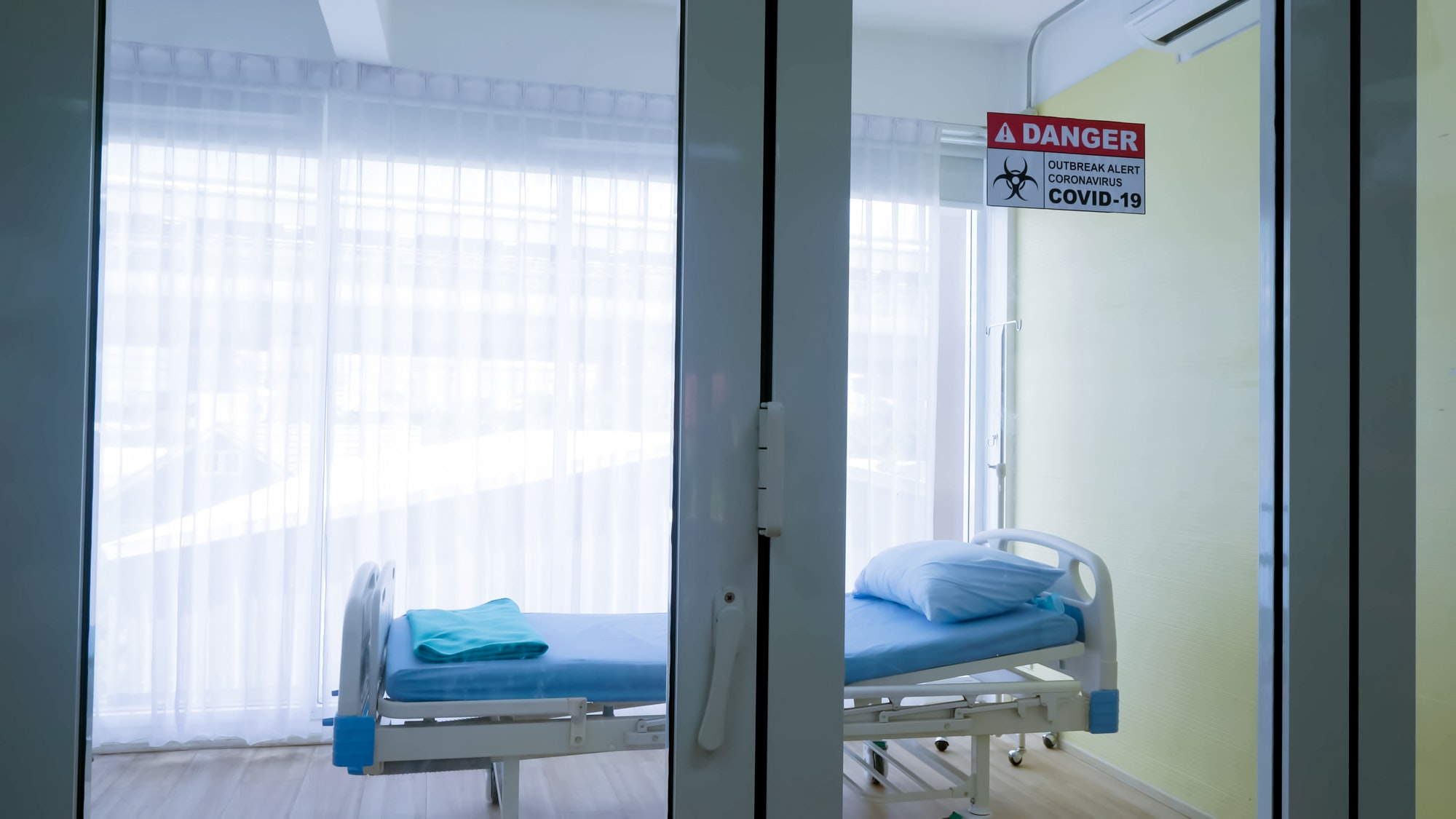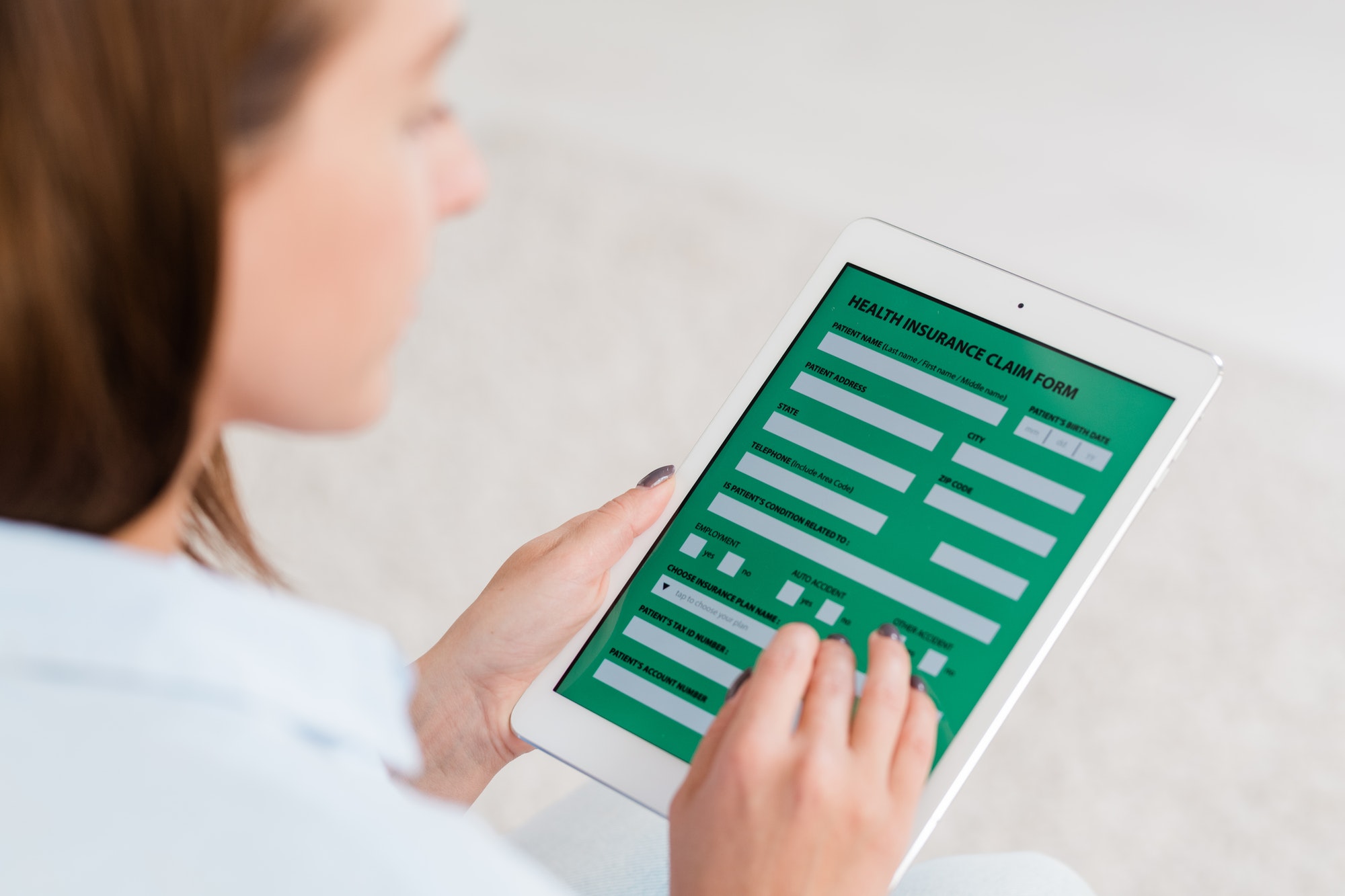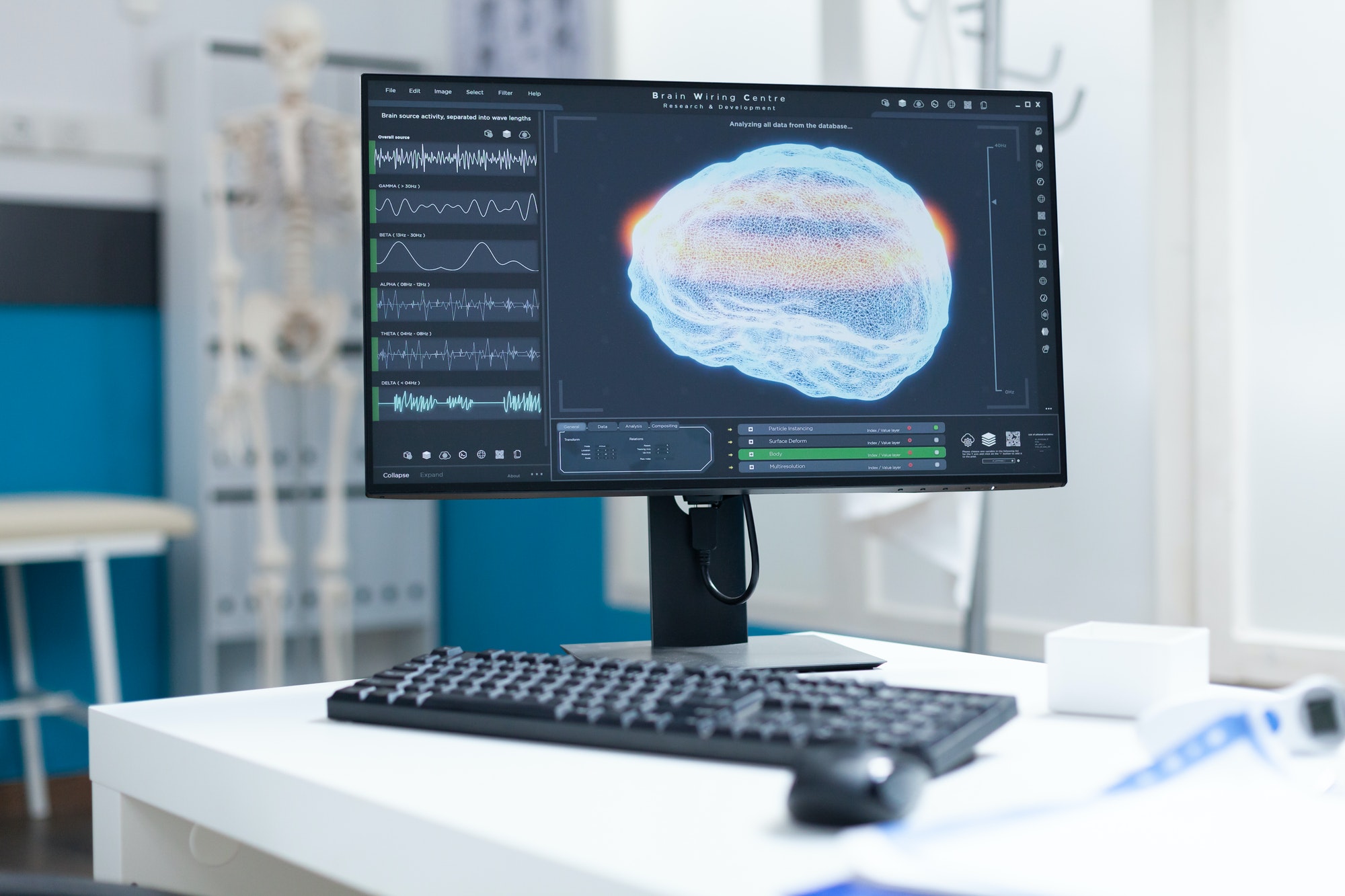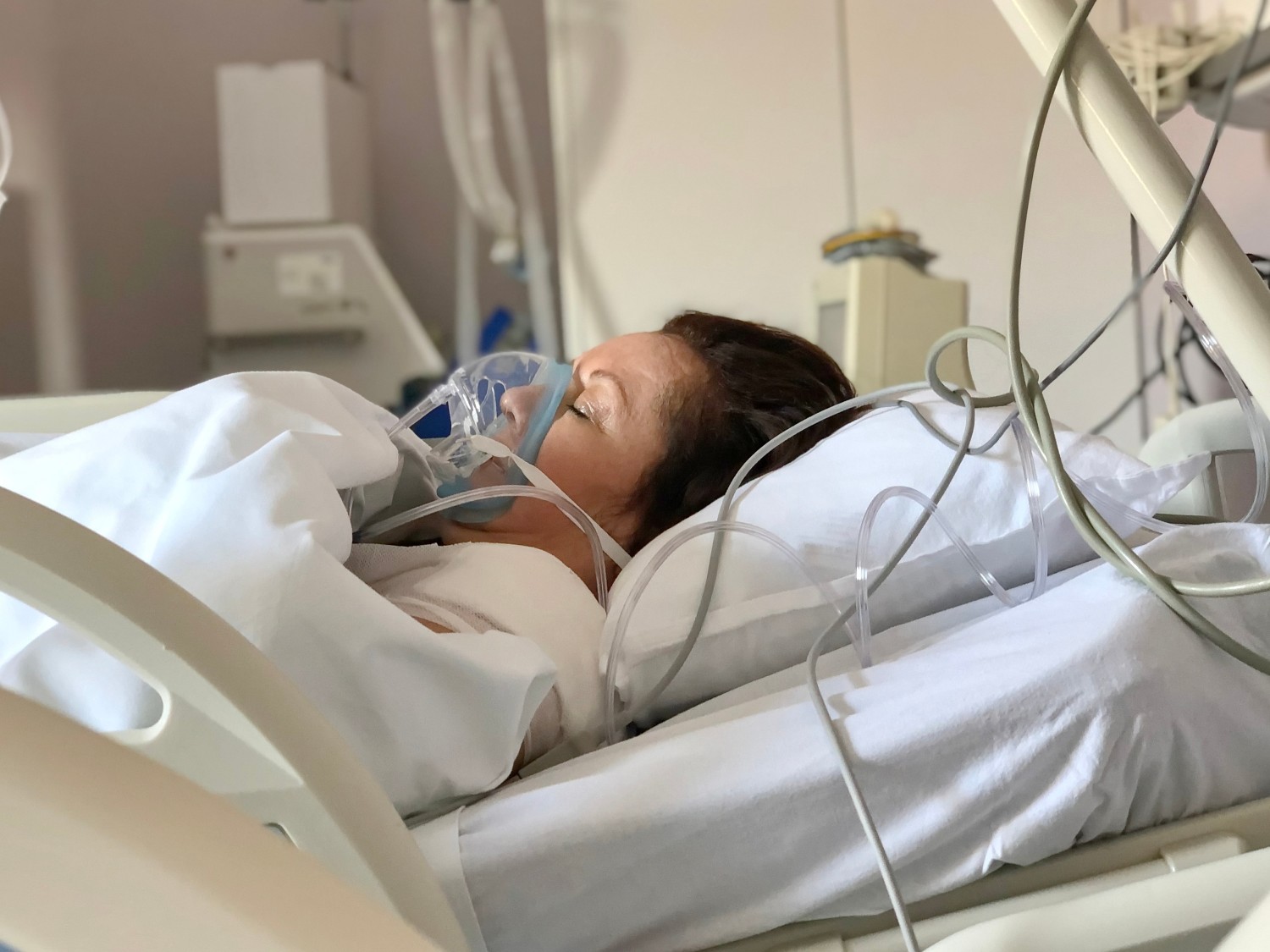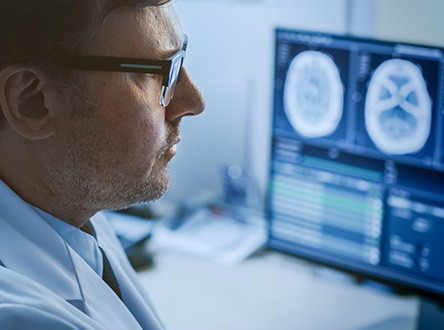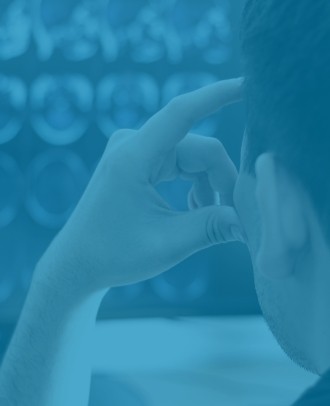DISCLAIMER: The below blog entry was written by an outside, unrelated party and does not necessarily express the opinions or views of or associated with the RemoteICU brand or the individuals associated with the RemoteICU brand. The blog is not necessarily endorsed or supported by RemoteICU nor was the entry reviewed and accepted by individuals associated with RemoteICU. The blog entry is provided simply to address and create interest in topics of import related to telemedicine. Your own independent research and decision-making and seeking of expert / professional opinions are required before you make any decisions whatsoever or form any opinions with respect to any topics addressed therein. By reading the blog entry, you consent to accepting the terms and conditions in this disclaimer.
Due to the wonders of telemedicine, huge numbers of patients, who previously could not access certain specialists via their local hospitals, can now receive the treatment they need. Advances in telemedicine technology are making it easier for even the most rural and underfunded medical centers to provide higher levels of health care across different specialties. From trauma centers to burn specialists to eICUs, hospitals are turning to telemedicine to enhance the care they provide to patients and bridge the gaps left by a mass exodus of physicians from the practice of medicine.
Teleneurology, including telestroke, is an up-and-coming area of telemedicine that has the potential to save lives and provide better health care to stroke victims.
What is Telestroke Medicine?
Telestroke services provide real-time teleneurology consultations and guidance to bedside providers who are managing stroke patients in a hospital or medical center that does not have stroke specialists on site. This is achieved by having a team of stroke experts consulting on emergent neurology cases from a distance using telemedicine technology.
A stroke is a complex medical event in which time is of the essence, and every minute is critical if permanent damage is to be prevented. With a telestroke team in place, ER physicians or other emergency department personnel have near-instant access to the expertise they need to arrive at the correct diagnosis, make appropriate critical decisions and provide timely treatment.
Through the use of digital cameras, tablets or smartphones, and dedicated software, the stroke experts can evaluate the patient’s neurologic conditions by observing the symptoms that are being exhibited and – if the patient is communicative – talking directly with him/her. It is very important that the technological components used to operate the telestroke program be of high quality and provide clear transmission of both video and audio.
How Does a Telestroke Consultation Work?
Imagine this scenario: it’s a busy emergency department in a small regional hospital. A patient arrives, showing a variety of physical and neurologic symptoms indicative of a stroke – confusion, slurring of words, partial paralysis of one side of the body, etc. Unfortunately, this hospital has limited staff and not one stroke specialist.
The ER provider on call recognizes that the patient is most likely having a stroke, but wants to confirm. Realizing that treatment decisions must be made quickly, s/he immediately activates the telestroke system while simultaneously making arrangements for an emergent CT scan of the head. Within 5 minutes, the stroke expert on-call is beamed into the room via a tablet or screen on the wall.
The expert confers with the ER doctor and examines the patient from afar to confirm the stroke symptoms. If not already done, the patient is sent for a CT-scan, the results of which are automatically sent to the stroke specialist. Following review of the scan, there is another live visit with the stroke expert who provides a final diagnosis and treatment plan.
What are the Benefits of Telestroke Medicine?
Investing in a telestroke system provides benefits for patients, providers and the hospital administration, including the following:
Patient Benefits
- Prompt and accurate diagnosis and treatment translates to a much greater chance of full recovery
- No need for transfer to a different hospital which may be far from family and/or cause treatment delays
Provider Benefits
- Having access to real-time advice from a stroke specialist, providers can be more confident that they are giving the appropriate and highest quality care
- Immediate reviews of CT and other scans by a qualified expert
Hospital Benefits
- Solves the physician shortage challenge
- Improves patient experience and outcomes in a cost-effective way
What are the Key Challenges in Implementing Telestroke Technology?
While implementing a telestroke system affords many benefits, there are still a number of challenges that must be overcome to enable more widespread adoption of this solution. These challenges include:
- Reimbursements – if government funding is not available or insurance providers refuse to pay, there is a fairly large financial burden incurred in setting up and operating a telestroke program. Unfortunately, many of the hospitals that would benefit most from this solution are chronically underfunded and may not have the budget to cover such expenditures. Fortunately, the Centers for Medicare and Medicaid have begun to cover certain expenses, although financial issues continue to pose a barrier to expansion.
- Licensing – in some cases, the stroke experts must be licensed to practice medicine in the states in which the patients/hospitals are located. This can be an issue when the centralized telestroke hub is out of state.
- Infrastructure – the proper infrastructure must be in place in order to support the high-definition audio and video necessary to ensure that telestroke services can be offered effectively. This can mean investing in new equipment and internet services that are an added expense for already-struggling budgets.
- Buy-in and Training – although the end result actually eases the burden on the on-site physicians and other staff, there can still be hesitancy towards adopting and implementing such new technology, especially since it requires that the medical staff invest time and effort in order to be trained on how to use the system.
The Lifesaving Nature of Telestroke Services
Studies show that patients treated by telestroke medicine have the same outcomes as those who received in-person treatment at dedicated stroke care facilities, in much the same way that eICU implementation improves patient outcomes in critical care units that are cannot be staffed by intensive care experts 24/7
While there clearly are challenges which need to be overcome, the initial investment (both financial and time/effort) is well worth the results in terms of lives saved and patient recovery from strokes.















